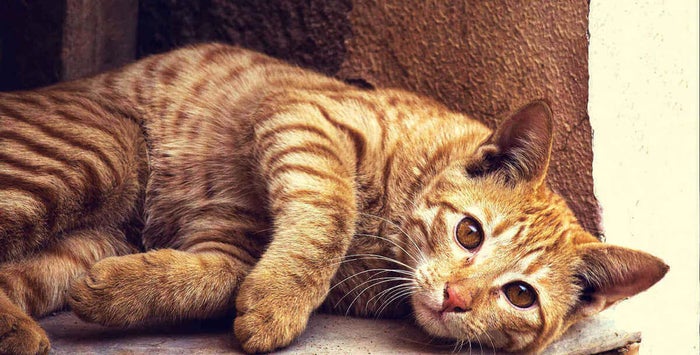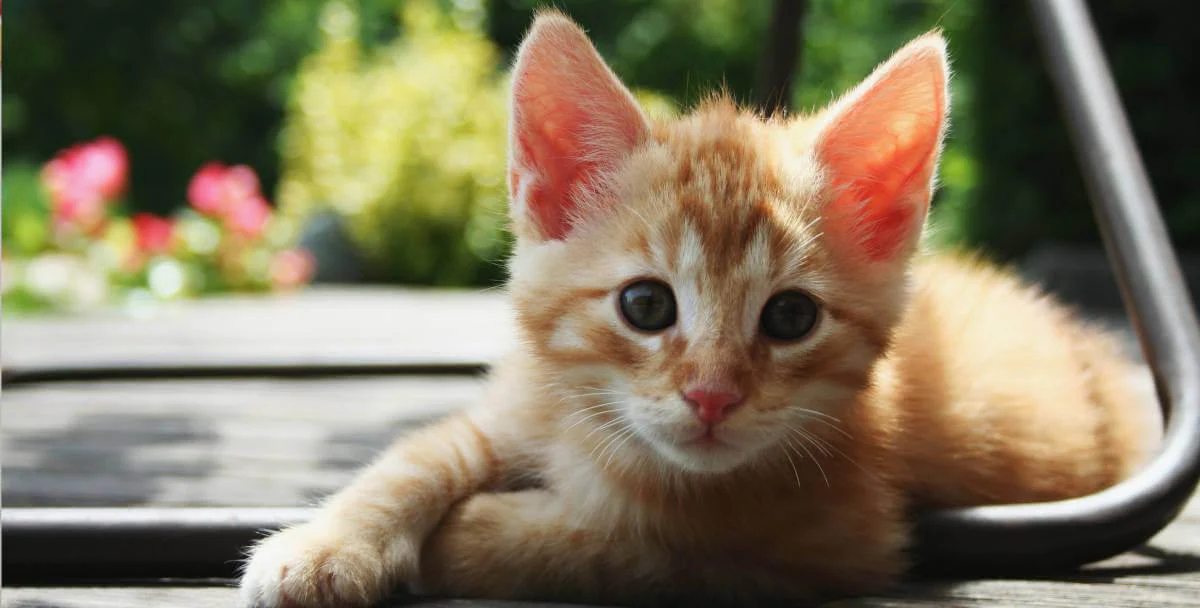
Cats instinctively know where appropriate places to toilet are by judging the substrates they come into contact with. Most kittens learn how to use a litter tray by watching their mother and learning from her. Nevertheless, your kitten may not have learnt this, so we have highlighted some ways to train your kitten to use a litter tray.
Cats require a few things from their toilet space to feel comfortable: a clean area, some quiet privacy, and a steady routine. Helping your kitten understand the litter tray is one of the most important parts of helping them to feel comfortable in your home, and it only takes a little determination and an understanding of their instincts.
Preparation is key
The litter tray will be one of the most important spaces for your cat, and once they’re familiar with their toilet space, it’s best not to change it. Before getting your cat, find out which litter they have been using where they previously lived and use that at your home – try and bring some of their used litter with you when you bring them home so they have familiar smells. If you do want to change the type of litter, do it gradually – cats generally don’t like change so it is best to keep things as consistent as possible for them. Invest in a large tray, even if your kitten is still small – they’ll grow into it before you know it, just make sure that they can easily get into and out of it.
Start as you mean to go on
Let your kitten explore the room – hopefully, it will find the tray itself. Every time your kitten squats, wakes, or eats, take them to the litter tray so they know where it is. Never shout or punish your cat around its litter tray, as it may associate negatively with it and refuse to use it. Cats crave a clean and unique space, so not only should you clean out the dirty litter every day – and regularly wash the tray with soapy water – but every cat needs at least its own tray. If you can get a second tray for your kitten, all the better, and any additional cats should also have their own tray. If you suspect your cat doesn’t like the litter but has already shown a willingness to use the tray, make sure to change the litter gradually. Changing their litter too quickly could confuse them, and they might look for a new space to relieve themselves.
Knowing when less is more
Whether your cat is a few months old or an adult that you have recently adopted, bad habits can develop quickly. Perhaps your kitten didn’t get the opportunity to learn from its mother, or maybe your cat was a stray, used to making its waste outside, wherever it wanted. In such situations, start by keeping your cat within a smaller space. Perhaps a single large room, or series of smaller rooms. Cats won’t eat where they go to the toilet, so ensure the litter tray is the opposite side of the space from their bed and food bowl. Remove any large potted plants, and check the space is peaceful, with as little through-traffic as possible. If the cat leaks around the house, don’t scold the cat, but move them back to the litter tray. Thoroughly clean accident areas so they don’t associate it with their toilet space, and consider reducing their space again until they learn to use only the litter tray.

As your cat learns to use the tray, you can expand their access to your home.
Recognising accidents and kicking bad habits
Cats normally squat when they relieve their bladder, so any urine up the sides of walls or furniture probably isn’t a sign of bad litter training, but could be them marking their territory. Neutering your cat is likely to stop this behaviour but, if it continues, you might need to hire a behaviourist to determine the cause of the behaviour. It may also be the result of a health problem such as cystitis; you should consult your vet if your cat continues to toilet inappropriately. Refusal to use the litter tray every time could be due to a number of reasons. Perhaps your kitten has somehow associated the tray with something negative, doesn’t like the smell of the litter, could be put off by a change in the environment or is craving attention – it’s always best to rule out any medical causes first so always consult your vet. Whether your cat is young or mature, you can always go back to square one. Reduce their space, move them to the tray when they show signs of needing to relieve themselves, and shower them with praise when they go. Your feline companion wants to have a safe, familiar space to relieve themselves, so learn their routines and preferences, and they’ll soon be trained to use the litter tray the right way.

Related Articles








